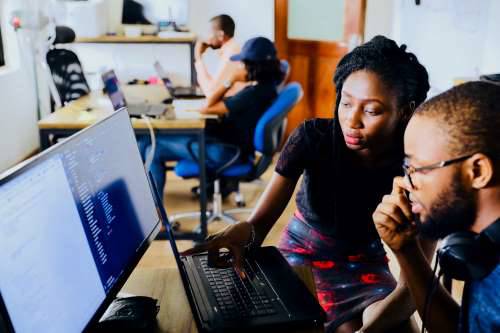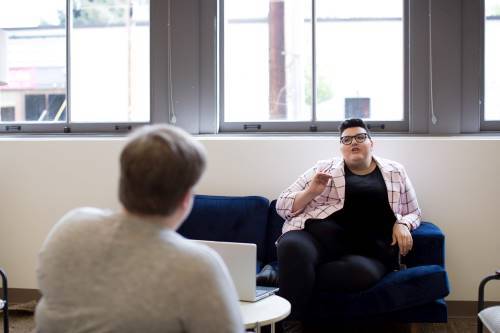Challenges in lived experience work - I feel burned out
Burnout can be a challenge in influence and participation work. On this page, we explore what burnout is and how it can happen in involvement work.
What is burnout?
Burnout isn’t technically a mental health diagnosis, but it refers to a collection of symptoms. If you're experiencing burnout, you may:
- Feel completely physically and mentally exhausted
- Have little motivation
- Feel irritable or anxious
- See a dip in your work performance
- Experience physical symptoms like headaches or stomach aches, or have trouble sleeping
How can burnout happen in lived experience work?
- Influence and participation work can be very intense. Many people involved in this kind of work feel very passionately about making change. This means that challenges and barriers in a project can lead to burnout. Especially when change is slow or projects don’t go to plan.
- When supported properly, using your lived experience should not be traumatic. However, projects that make people share things they don’t feel comfortable with, or don’t provide emotional support, can sometimes lead to burnout.
- Structural factors can lead to burnout. Poor communication from organisations, frequent last minute changes of plans, poor workload management, or lack of clarity around expectations, can make people feel burned out.
Tips for dealing with burnout
Thalbir Shokar teaches yoga and other wellbeing activities. She worked on our Women Side by Side project, and she's written about how to look after yourself while doing peer support.
Read her tips for dealing with burnout, and how organisations can support people they're working with.
Tips for individuals
- Take breaks. Schedule breaks into your working day by adding them into your calendar. Have a structure to support your work and life routine.
- Have time away from digital devices. Schedule time away from your mobile and laptop.
- Learn when you need to say no, and ask for help when you need it.
- Practice mindfulness, meditation, and breathing techniques if you find these help you.
- Move your body. Yoga, walks, or whatever makes you feel good. Engage in relaxing activities, and create time to do activities where you feel a sense of passion and fun.
- If you can, avoid quick fixes with food, alcohol or drugs.
- Make time to socialise.
- Stick to a routine. Have a bedtime routine and switch off electronic devices 45 to 60 mins before bedtime. Create a morning routine which doesn't involve checking your phone first thing in the morning.
Tips for organisations
- Encourage a culture of work life balance. Make sure people know they don't always have to be on call or respond immediately to emails. Have realistic timeframes for when people need to respond.
- Develop support structures before projects start. Offer signposting resources and clear pathways to get help, and create a welcoming culture where people can speak up and share.
- Pay attention to how people are. Do they look stressed, overwhelmed, or exhausted?
- Organise check-in sessions, where people can talk about how they're feeling.
- Build in peer support. This can help to build trust and avoid stigma and shame.
This work is licensed under a Creative Commons Attribution-NonCommercial-NoDerivatives 4.0 International License.











